Deciduous pruning and root pruning
grog76
17 years ago
Related Stories

WINTER GARDENINGPruning Secrets for Exquisite Roses
Encourage gorgeous blooms year after year with this time-tested advice on how to prune your rosebush in winter for health and shape
Full Story
GARDENING GUIDESGot Frost-Damaged Plants? How It Happens, and When and How to Prune
Crispy brown leaves are a sure sign that Jack Frost has been to your neighborhood
Full Story
GARDENING GUIDESPrunus Virginiana Thrives Under Deciduous Trees
Plant chokecherry for showy white flowers favored by native bees in spring, and to provide nesting habitat and food for birds
Full Story
ARTThe Beauty of Bonsai — Living Art, Rooted in Harmony
Create your own emblem of nature's balance with an art form dating back 1,000 years
Full Story
Rooting for Indoor Trees
Houseplants tend to get all the glory indoors, but trees deserve their place in the sun — and in your living room, your entryway, your ...
Full Story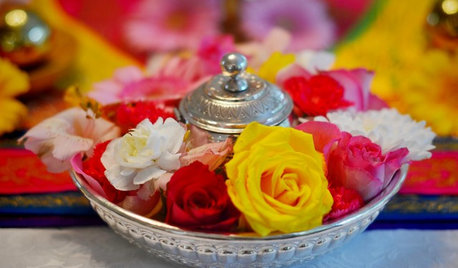
FEEL-GOOD HOMERejuvenate Your Home With Deep-Rooted Traditions
Give the subtle energies and spiritual side of your home some attention, and watch newfound calm and beauty blossom
Full Story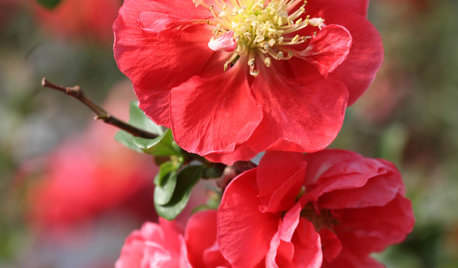
WINTER GARDENINGCalifornia Gardener's January Checklist
Winter-defying blooms and pruning saws earn a cheer, while California-focused gardening design books get a well-deserved shout-out
Full Story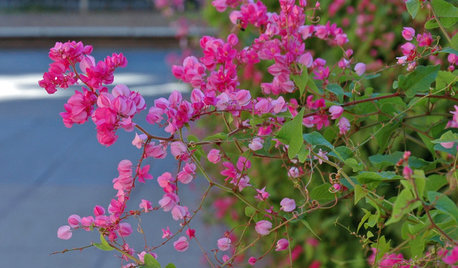
GARDENING GUIDESSouthwest Gardener's March Checklist
Dust off your gardening tools and get busy pruning to help your trees and plants reach their full potential
Full Story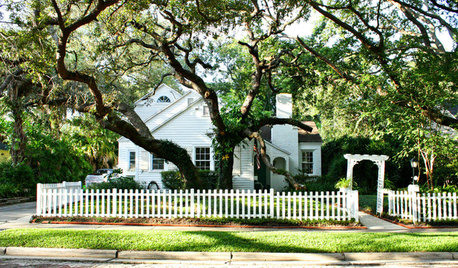
TREESGreat Design Plant: Southern Live Oak Offers an Unbeatable Canopy
Keep it dense or prune it for more light. No matter how you grow Quercus virginiana, it’s a majestic addition to its native landscape
Full Story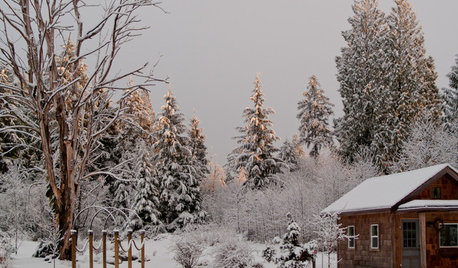
NORTHWEST GARDENINGPacific Northwest Gardener's January Checklist
Planning, pruning and planting now will help your garden flourish in the coming year
Full StoryMore Discussions








lucy
grog76Original Author
Related Professionals
Harvey Landscape Architects & Landscape Designers · Paradise Landscape Architects & Landscape Designers · Cockeysville Landscape Contractors · East Lake-Orient Park Landscape Contractors · Gloucester Landscape Contractors · Lake Worth Landscape Contractors · Northport Landscape Contractors · San Pedro Landscape Contractors · Shaker Heights Landscape Contractors · Vancouver Landscape Contractors · Athens Decks, Patios & Outdoor Enclosures · Clermont Decks, Patios & Outdoor Enclosures · Fort Worth Decks, Patios & Outdoor Enclosures · Parker Decks, Patios & Outdoor Enclosures · Renton Decks, Patios & Outdoor Enclosureslucy
tenebrae